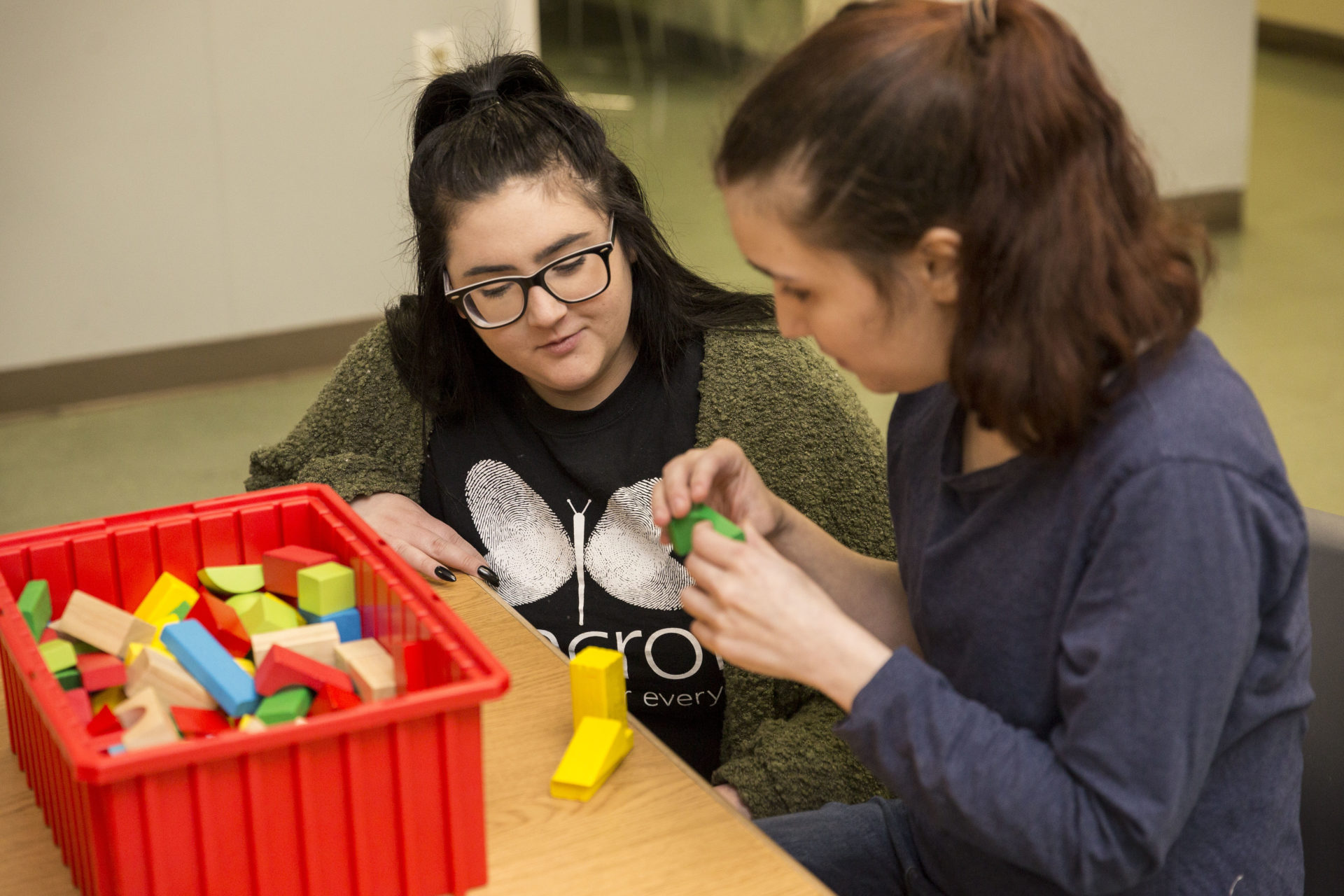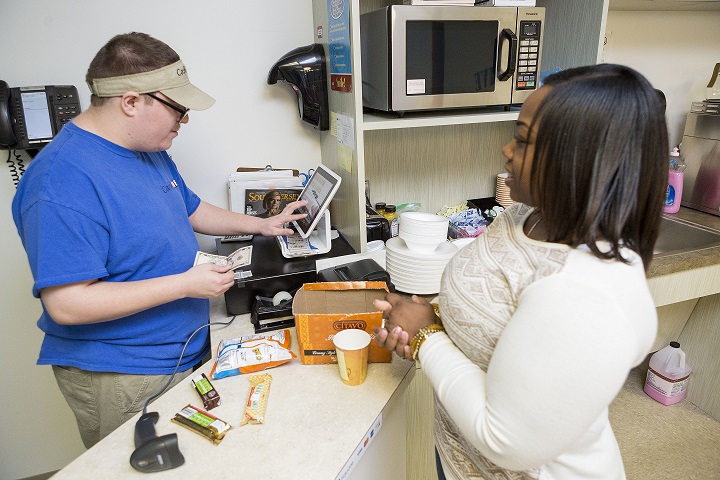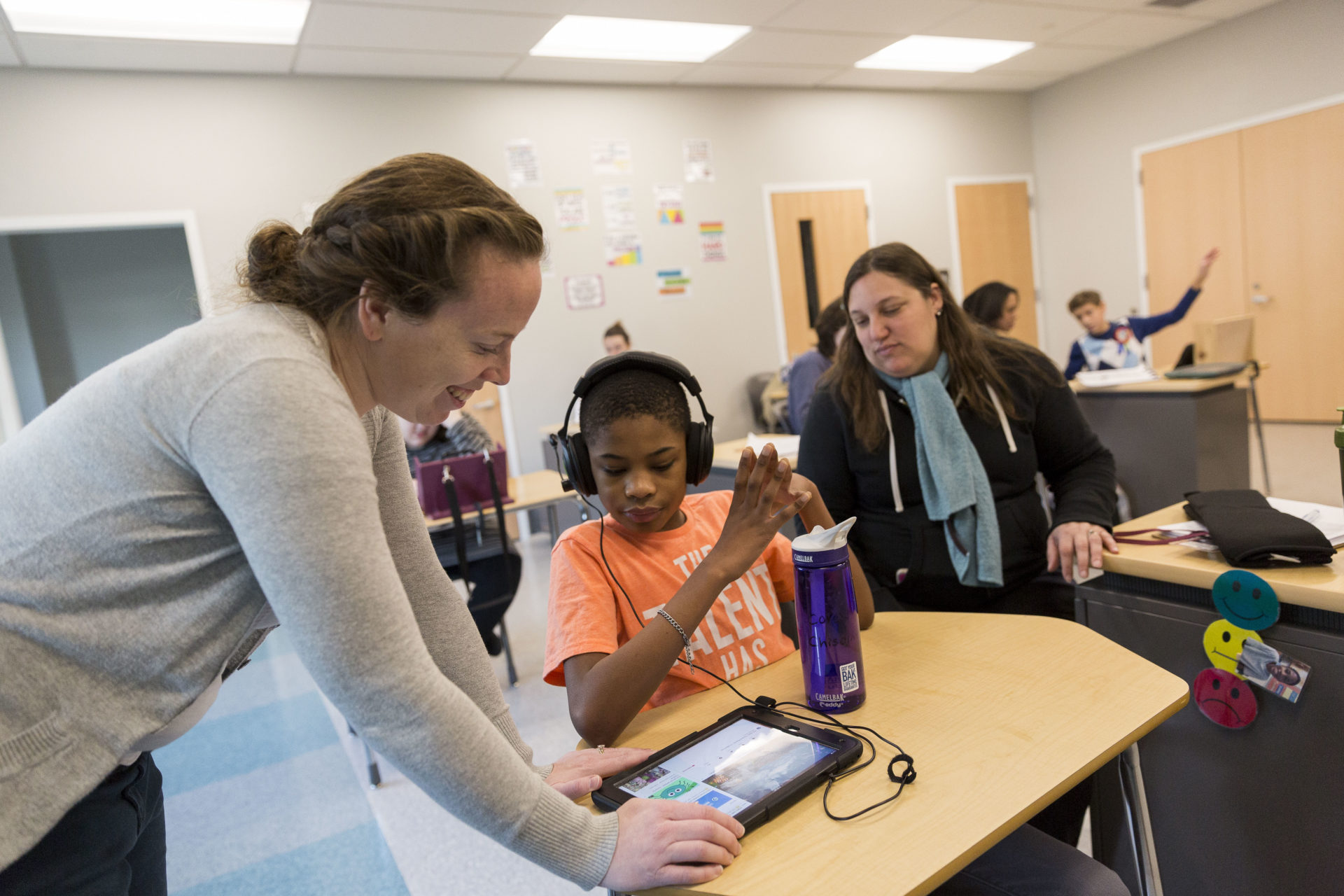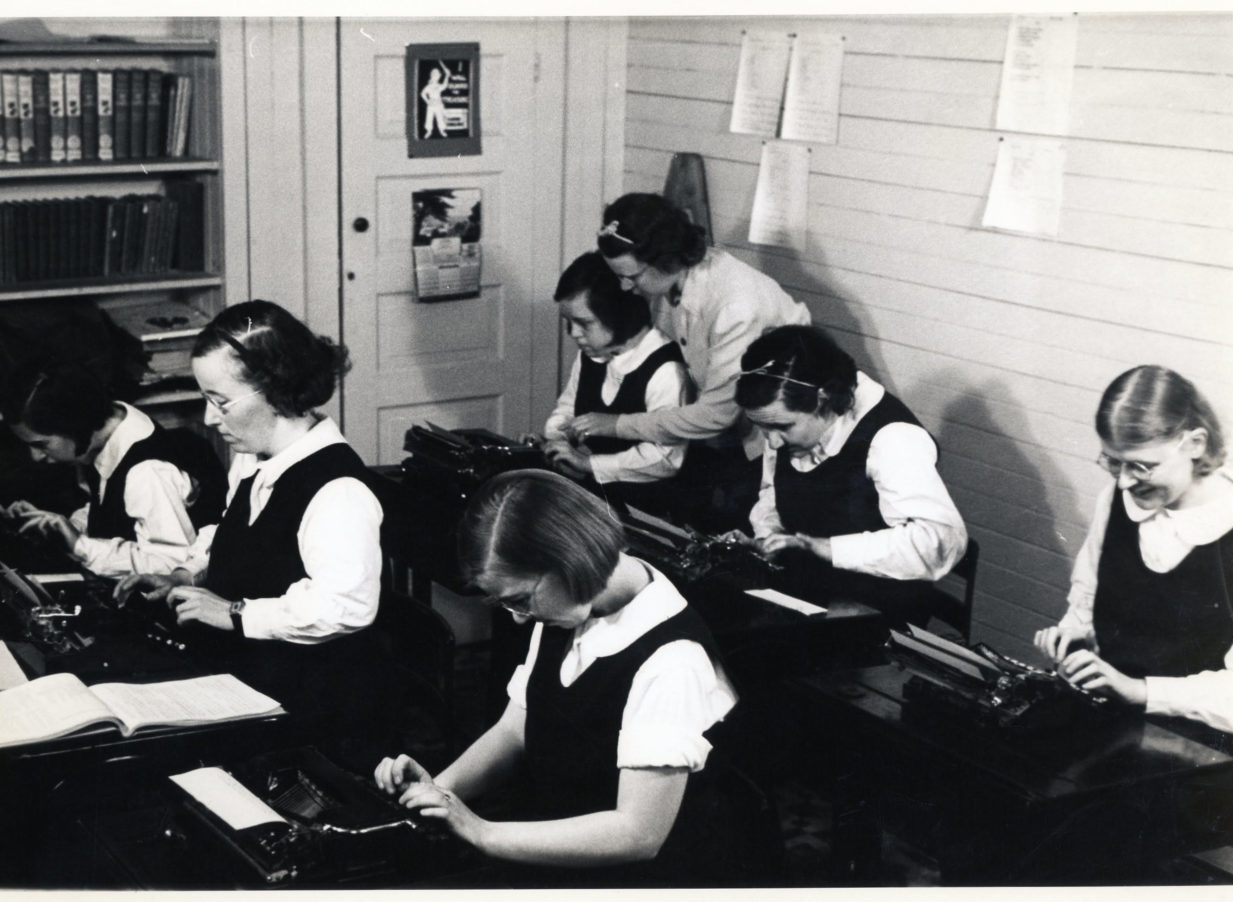He saw him from afar…it was Winnie the Pooh and Adam had waited as long as he could to get his picture taken with his friend. His smile was intoxicating as his anxious mom stood by and snapped the shot. Finally, she was able to make this dream come true. Adam was 20-years old and was at Disney for the first time in his life.
For many years, the dream of taking her son on a vacation was just that: a dream. Adam has Autism and developmental disabilities that make his behaviors difficult to control. It took several years, preparation, and a team of experts; but Adam and his mom shared the long-awaited vacation of a lifetime.
Many families with children with disabilities are challenged when trying to travel. With summer in full swing, experts at Bancroft have some helpful hints to help create an enjoyable vacation environment for everyone.
For families with a child who has autism, there is nothing more important than planning ahead.
- Plan Ahead: parents should plan ahead to identify times that will be possible triggers for their child and come up with a plan to prevent or respond.
- If you have behavior plans at home, they should travel with you. Visuals, schedules and reinforcement systems may have to be modified but should be kept with you to allow consistency and familiarity in positive behavior.
- Review the locations and scenes with your child. Print photos of the places and things you will see. Visualizing where they are going can be very helpful to alleviate some of the fear of the unknown.
- Be Realistic about behavior problems occurring.
- We all get tired and cranky when traveling. It’’s only natural that after a long day of activities your child might exhibit more problem behaviors than if you were home. Be realistic about this expectation and allow for rest and downtime.
- Research special programs that might be available at the locations you will be visiting for children with special needs.
- Airports, amusement parks and other places often have online resources you can review before taking a step on site. For example, if your child can not wait in line, some airports offer alternatives to help facilitate easier travel. Also, choose a time that airports may be less crowded when booking your flights.
- Bring documentation from a physician that your child has special needs.
- If possible, practice new behaviors (such as staying calm in a crowded airport line, or sitting in a car for extended period of time) in advance to increase the likelihood your child will respond positively during vacation.
- If possible, engage your child’s educators and caregivers for help in your preparation.
- If your vacation allows the opportunity to bring someone with you to assist in your child’s needs – open your experience to sharing it with them. It could allow siblings and other families the opportunity to decrease stress and increase enjoyment for all family members.















